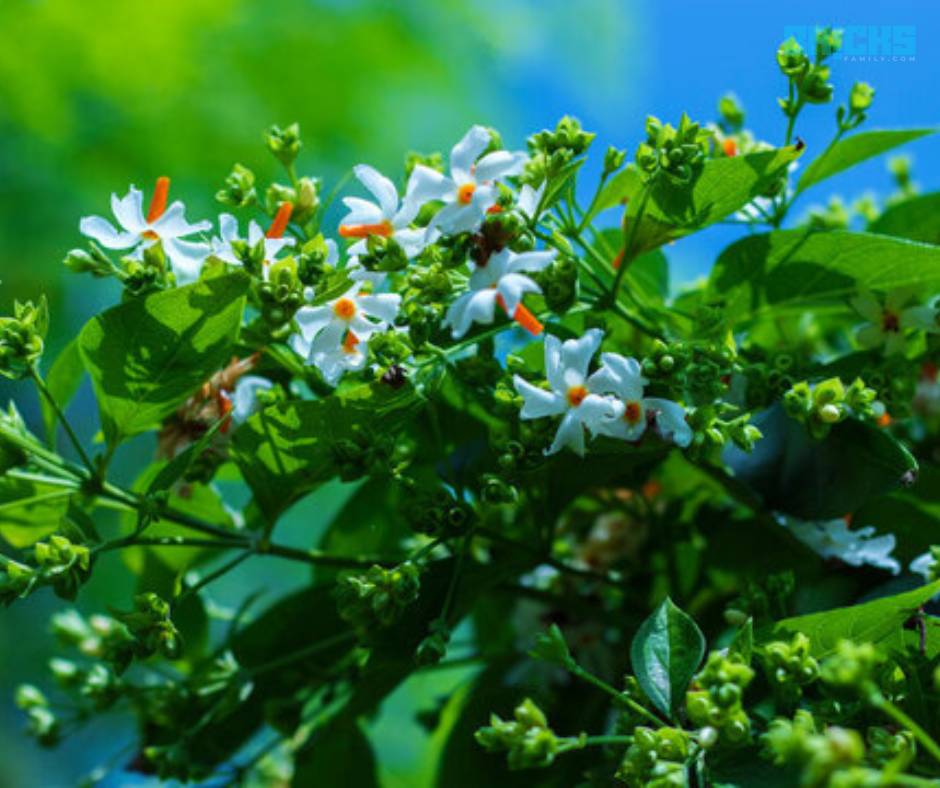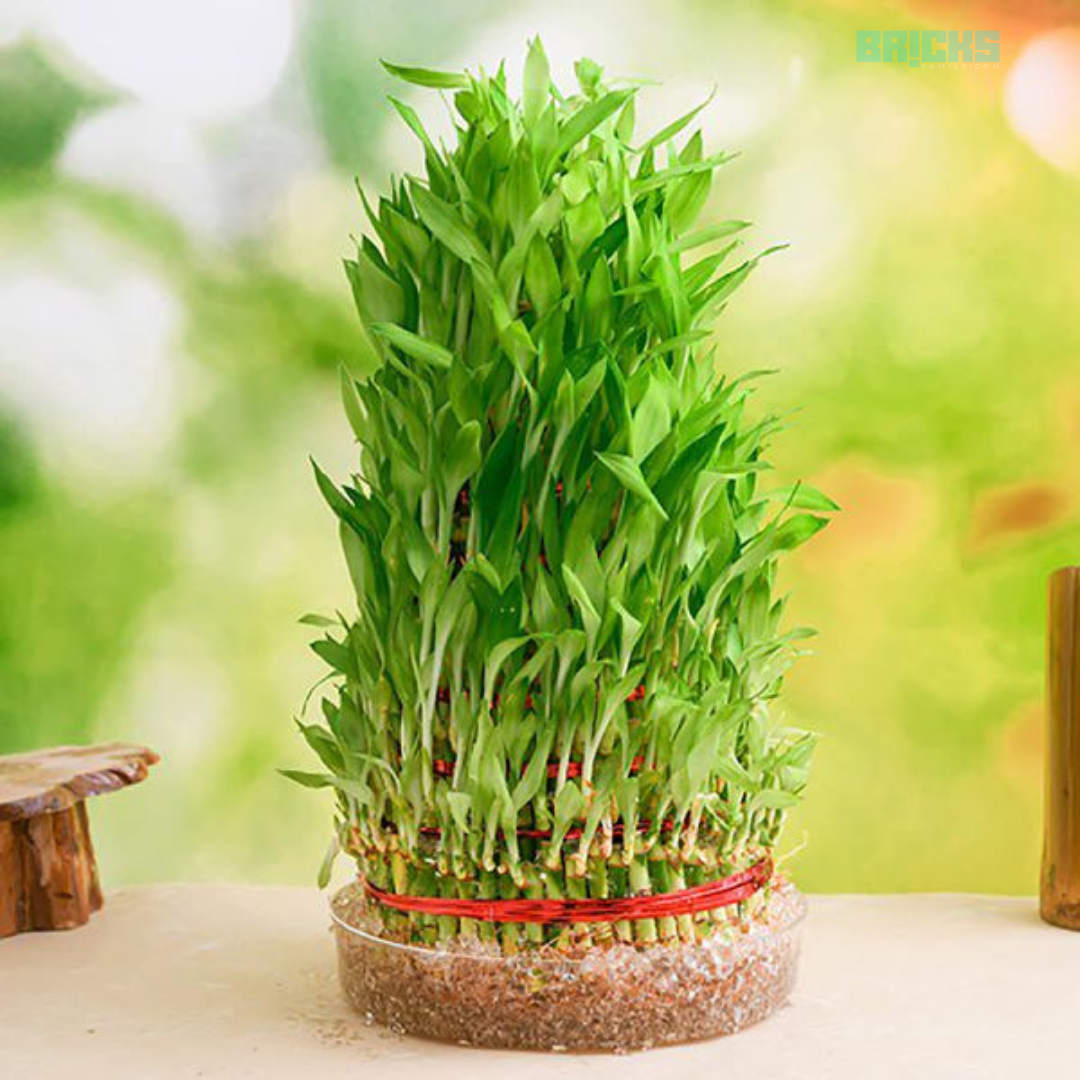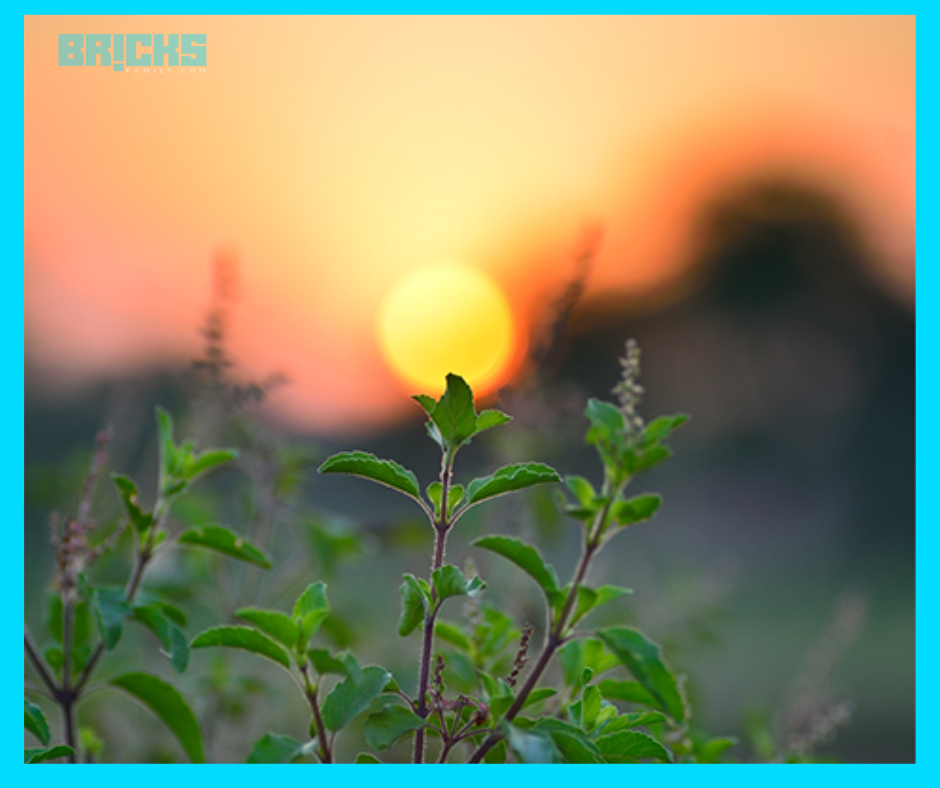Parijat, also known as Harsingar and Raat ki Raani, removes negativity from your home and maintains tranquillity. Find out more about Parijat Tree Vastu Placement At Home & Benefits of Parijat Tree.
Many people are now keeping indoor plants such as parijat trees at home. These trees and plants are much more than just decorative items. People are more aware of good and evil energies and are more cautious about what they keep at home. Vastu Shastra has always placed a high value on plants. Vastu Shastra is similar to Feng Shui, which encourages the growth of plants in living spaces. Vastu Shastra also follows this concept to bring positivity and positive energy into your home.

Vastu Shastra has many plants that can be kept at home. This article will focus on the parijat trees. The parijat tree is a beautiful, fragrant addition to your living area. The flowers can be collected and used for puja and aartis. However, keeping the plant at home is recommended as a Vastu-approved plant. This article will discuss the parijat trees as a whole. It includes the uses of the parijat trees, their benefits, how to care for them, and where they should be placed at home.
Parijat Tree And Its Use As Per Vastu Shastra
The parijat tree, also known as “Night Blooming Jasmine” in English, is an ornamental plant that can be used indoors. It has immense Vastu value and medicinal properties. This plant and its flowers are essential in Ayurveda and Homeopathy. They are often grown in leaves and valued for their sweet-smelling floral charm. This plant has small, white flowers with an orange center. The plant’s name comes from the sweet scent it emits in its surrounding. It blooms at nightfall or late evening. The plant is entirely in bloom from the middle of September to the end of December.

This plant is very sacred to Goddess Laxmi, which makes it promising. This plant is believed to transform your home into a welcoming place for Goddess Laxmi. This is a parijat tree’s special quality. It brings happiness, prosperity, joy, and peace to everyone in the home. The plant’s sweet scent can relax your mind and bring positive vibes to your home if placed in the right place.
Right Direction To Place Parijat Tree In Your Home
Many books will tell you where the tree should go to create a positive vibe in your home. These pointers were carefully collected and framed to understand better where your parijat tree should be placed at home.
- Vastu Shastra states that the Harsingar (or parijat) tree should be located on the north or east-facing side. This will remove all negative omens from your home and fill it with positive energy and tranquillity.
- You can also choose to have your parijat tree placed in the northwest or west direction.
- Vastu Shastra states that the tree should not be placed facing south, as this is the direction Yama, the god of death, travels.
- You can plant a tree if you have a tulsi or courtyard plant on your terrace or courtyard. This will allow wealth to enter your home and cleanse your family’s sins.
After the tree is planted or placed in the correct direction, it’s important to learn about the parijat tree’s benefits and uses.
Vastu Benefits Of Parijat Tree At Home
Besides being a harbinger of peace and prosperity at home, there are multiple Vastu benefits of the parijat tree. Some of them are as follows:
Parijat Tree Benefit #1: Wards Off Negative Energy
Vastu Shastra states that this tree will eliminate all negative vibrations in your home. Its sweet, sour-smelling flowers relax the soul and calm the mind.
Parijat Tree Benefit #2: Invites Goddess Laxmi Home
Vastu Shastra says that Goddess Laxmi can live in any house where the parijat trees are planted. Wealth flows through the house, and the family will have plenty of money. The parijat tree is beloved by Goddess Laxmi. This plant was the 11th of the 14 gems released during the churning. These little flowers are also used in Laxmi puja to welcome the goddess.
Parijat Tree Benefit #3: Long Life Of The Family Members
This plant is believed to increase longevity when it is placed in the right place within a household. It can also be used to cleanse members from their past sins.
Parijat Tree Benefit #4: Placing It Near A Temple Brings Good Fortune
The legend says that the parijat tree was formed from the churning ocean. Lord Indra kept it at Swarg Vatika, where the heavenly Gods abode. This tree can be planted near a courtyard temple or a tulsi flower to bring harmony and peace to the family and help them gain merit.
Other Parijat Tree Benefits and Uses At Home
The parijat tree has many benefits, including Vastu Shastra-related ones. It also has certain medicinal properties, which makes every part of Ayurveda’s world very important.
- In addition to using the juice from the plant’s leaves in honey, the plant’s juice can also treat chronic wheezing.
- The flowers of this tree can be very beneficial for those suffering from respiratory issues or stomach problems.
- The stem of this plant can be used to treat backache, joint pains, and deadly snake bites.
- Diabetic patients can use the flowers of the parijat trees to help them manage their glucose levels.
- This tree can be used to relieve dry cough symptoms.
- You can use the extract from the flowers to relieve stomach pains.
- The tree seeds can be used to eradicate dandruff or pesky lice.
- The tree’s leaves and flowers act as immunostimulants.
How To Take Care Of and Maintain Parijat Trees At Home
If the following advice is taken for better upkeep and care, parijat trees are ideal for growing in the Indian environment in any household:
Temperature: 20 to 25 degrees Celsius is the best range for parijat tree growth, which makes it appropriate for the climate of India. Lower temperatures are too short for this tree to endure.
Soil: To keep their roots moist, parijat trees need soil that can drain entirely. This explains why they can grow in large quantities in open soil or in a container that has a large enough drainage hole at the bottom and is filled with drainage soil. A healthy plant requires a pH of the soil that is between 5.3 and 7.6.
Water: While standing water in pots is not optimal for the growth of these plants, these trees must thrive. Water must be properly drained. The trees need more water on hot, muggy days than crisp, breezy ones. Pour 200 ml of water into each pot when the top inch or two of soil is crumbly and dry.
Sunlight: The Harsingar tree needs six hours a day or more of sunlight. It is best to plant these trees in open areas. According to Vastu Shastra, if kept at home, it should be positioned close to windows that let in a lot of natural light.
Summing Up Parijat Tree As Per Vastu
Parijat trees are considered very lucky as they bring prosperity and peace to the family that plants them. Vastu says that planting this tree in the right place will bring happiness and good luck to your home. If you believe in Vastu, you should research the benefits of parijat trees and plant them in your home. It is a beautiful gift from Mother Nature and a great addition to your home decor.
Also Read: 10 Proven Vastu Tips for Money, Prosperity & Happiness
Similar Topics: Vastu Tips for Tulsi Plant at Home | Religious Significance of Tulsi Plant















